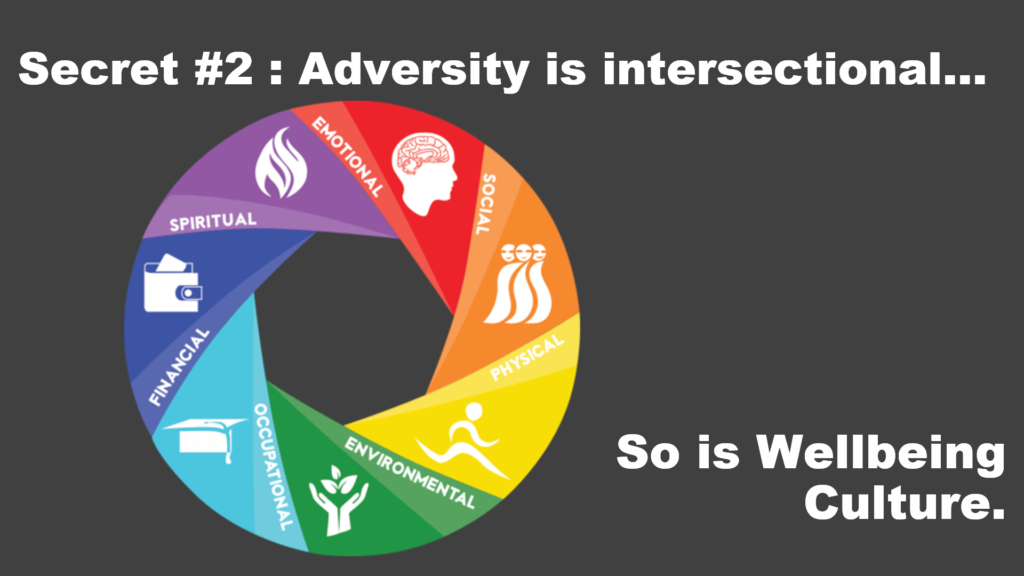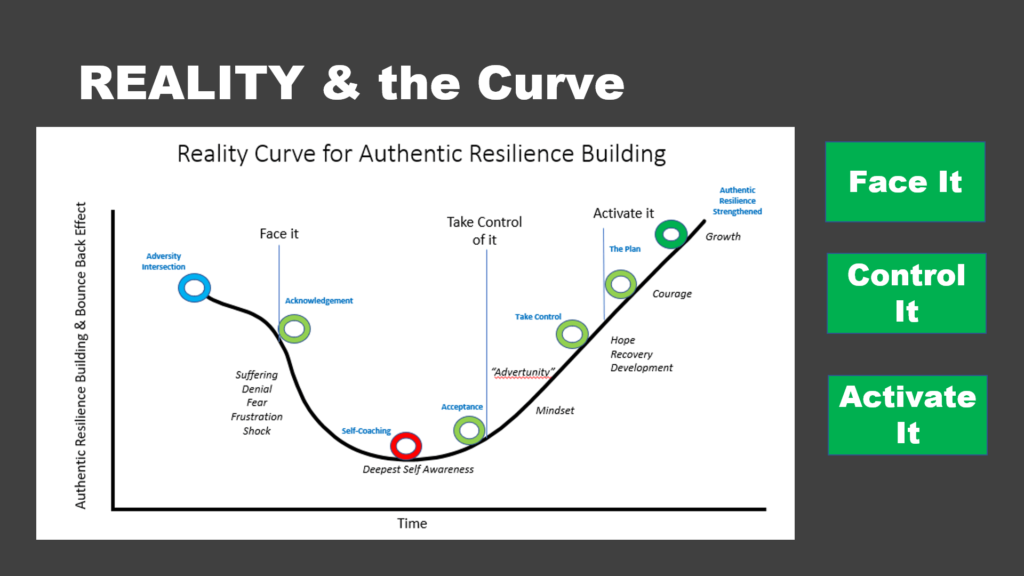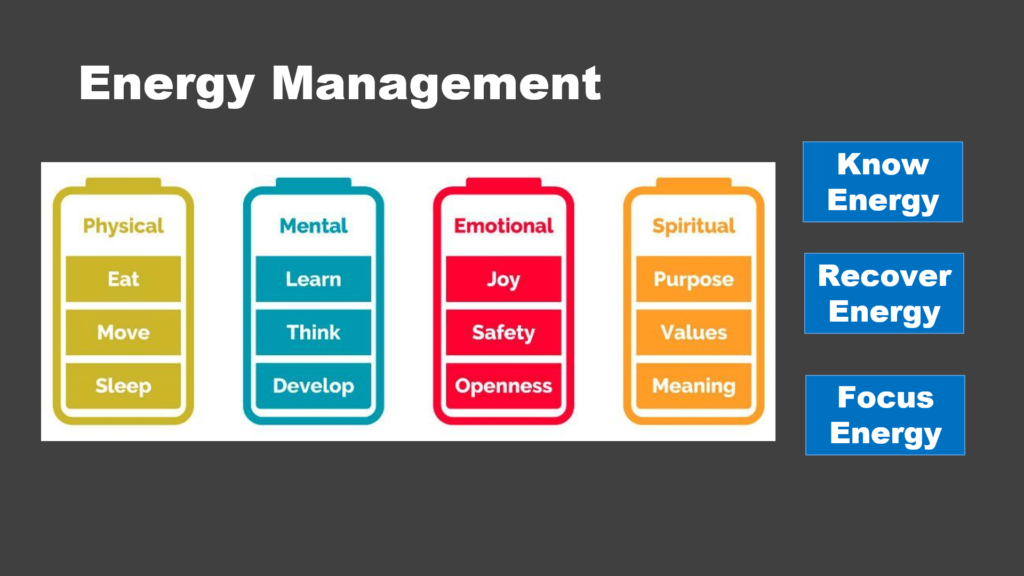The last few years have not been kind on employees. They went through three years of isolation amid the COVID-19 pandemic, only to emerge into a more uncertain work environment where burnout and artificial intelligence threaten their livelihoods.
With this in mind, is it any wonder that employees feel exhausted and disengaged from work?
The recent three-day Mental Health Festival 2023 aimed to uncover solutions for improving employee engagement and workplace wellbeing, with more than 40 speakers sharing insights gleaned from their respective industries. One of these speakers was Nathan Andres, former Chief People Officer of The Body Shop, Global Wellbeing Leader, and author of Amazon bestseller “Your REAL Life: Get Authentic, Be Resilient & Make It Count!”
“Fundamentally, building mental health and psychological safety for wellbeing starts with […] a human-centred approach,” shared Nathan.
This approach takes holistic growth into consideration and informs the following strategies for employee engagement:
1. Embedding wellbeing in your organisation’s mindset
According to Nathan, mindset is really about purpose—in other words, your organisation’s purpose for existing.
It may involve fighting for causes, like how The Body Shop “exist[s] to fight for a fairer and more beautiful world.”
Or it could call for engaging with and giving back to communities, akin to Starbucks’ former mission of “nurtur[ing] the human spirit, one person, one cup, one community at a time.”
It could also be resolving to adopt an environmentally responsible approach to business, similar to an earlier Patagonia core value of “caus[ing] no unnecessary harm”.

But what’s more important than setting out bold declarations of your organisation’s purpose is to make wellbeing a part of it—such that it becomes part of the organisational culture.
“When wellbeing is embedded in the mindset of culture, engagement is going to flourish,” explained Nathan.
“Because leaders, managers and [employees] are consistently thinking about wellbeing. It’s on their mind.”
Just like how wellbeing is the fuel that:
- Drives The Body Shop’s fight for a better world;
- Lives in the human spirit, which Starbucks aims to nurture; and
- Thrives in the people and environments from which Patagonia acquires resources for its products.
So, “Is wellbeing part of your purpose?” asked Nathan.
“Can it be part of your purpose? Wellbeing should be part of your purpose,” he challenged.
2. Promoting resilience amid adversity
To create a culture of wellbeing in your organisation, Nathan recommends implementing practices for tackling adversity in a holistic manner.
That’s because the common dimensions of workplace adversity—such as social, emotional, physical and financial challenges—are the same dimensions that influence a person’s wellbeing.
Take steps to address challenges arising from the various dimensions of adversity, and you’ll simultaneously enhance your employees’ wellbeing in these dimensions as well.

To support employees through financial challenges, for example, Intellect has teamed up with MoneyFitt, a FinTech platform offering personalised tips, trusted experts, and educational resources. This programme grants employees access to financial literacy content to improve their relationship with money, and manage their finances in a savvier, more stress-free way.
Equipping employees with the resources to bounce back from adversity facilitates self-love—another aspect of The Body Shop’s culture. And when empowered with the ability to take care of their needs, employees feel psychologically safe to face challenges head-on.
Nathan also encouraged fostering a culture of “embracing the crap”. In other words, providing employees with a psychologically safe space to fail, learn from their mistakes and emerge from setbacks more resilient than before.
“When we are not afraid of the crap, we can move through it,” he said.
3. Using REAL tools to build resilience
But what should employees do when they’ve stepped into metaphorical crap?
Nathan shared his REAL Model as a tool for handling the situation with resilience—and shifting away from the difficulty.
“The thing that resilient people do is they get REAL,” Nathan declared.
“They face Reality, they channel Energy, they’re Authentic and they use Love to the fullest advantage […] it’s a toolkit that helps people stay authentic while building resilience and solving problems.”

The REAL Model works as follows:
a) Reality
Resilient people embrace the “Reality Curve” when encountering adversity. This curve comprises three stages and four A’s:
- Facing reality, where the individual Acknowledges there’s an issue that needs to be addressed;
- Taking control of reality after they’ve Accepted there’s an issue, and seeing an “Advertunity”—in other words, adversity with opportunity for growth; and
- Activating reality, and taking Action to overcome the “advertunity”.

But acknowledging, accepting, and changing their reality requires the individual to expend energy, which is why the REAL Model also advocates for:
b) Energy management
“Fundamentally, the REAL Model is about managing energy,” shared Nathan, who also explained that energy management is key to driving resilience.
He described how individuals have four “batteries”—physical, mental, emotional and spiritual—which fuel their endeavours.
If all these “batteries” go flat—and the individual’s energy levels hit the “Red Zone”, as Nathan put it—the individual won’t be able to function.

Knowing which “batteries” have become drained in the course of their work, and taking steps to recharge them, can help employees focus their available energy on solving problems. This in turn enables employee engagement, while still maintaining employee wellbeing.
For example, introverted employees who feel depleted after interacting with others could set aside time to “unplug” and carry out activities that help recharge their “batteries”.
By doing so, they can return to their tasks feeling revitalised and capable of handling them effectively.
Being able to take the necessary action to recharge their “batteries” requires individuals to be aware of, and acknowledge, their personal needs. Hence the need for:
c) Authenticity
“The core DNA of every individual starts with authenticity,” shared Nathan.
“You cannot ‘fake it till you make it’. When you’re dealing with adversity, either on your own or in the workplace, your brain and body know better. So, it’s best to get to know [them].”
When employees know their core values, beliefs, and strengths, they can lean on these to surmount difficult situations.
Next, Nathan encouraged employees to release negative self-talk, self-sabotage, feelings of imposter syndrome, and other negative traits that may be holding them back from reaching a solution.
The final step is for employees to “love themselves”. Engaging in self-care, self-compassion, and self-advocacy enables them to be their most authentic selves and take control of the uncertainty standing in their path.
Working with a coach can help employees identify their strengths, overcome limiting self-beliefs and practise the self-love needed to unlock authenticity and harness it in their work.
d) Love
And love should not just come from the employees themselves: the organisation’s leaders should extend it, too.
Leaders can demonstrate love and care towards their employees in ways like:
- Building community
- Extending forgiveness for mistakes
- Holding difficult conversations in a kind, respectful manner
Showing love to your employees also involves tapping into humour.
“Resilient people know how to have a little bit of a laugh at themselves,” revealed Nathan.
“When we lead with love, we round out the REAL Model. And ultimately, we get to a place where we can thrive.”
As Nathan has shown, fostering wellbeing in the workplace is a shared responsibility. While employees need to look out for their own mental health and wellbeing, employers have a part to play, too.
“Employers are also responsible for creating workplaces where people are connected and psychologically safe, and where employees can show up and do their best work,” he advised.
Watch the replays from Mental Health Festival 2023 here and learn more about Intellect by booking a demo today.






